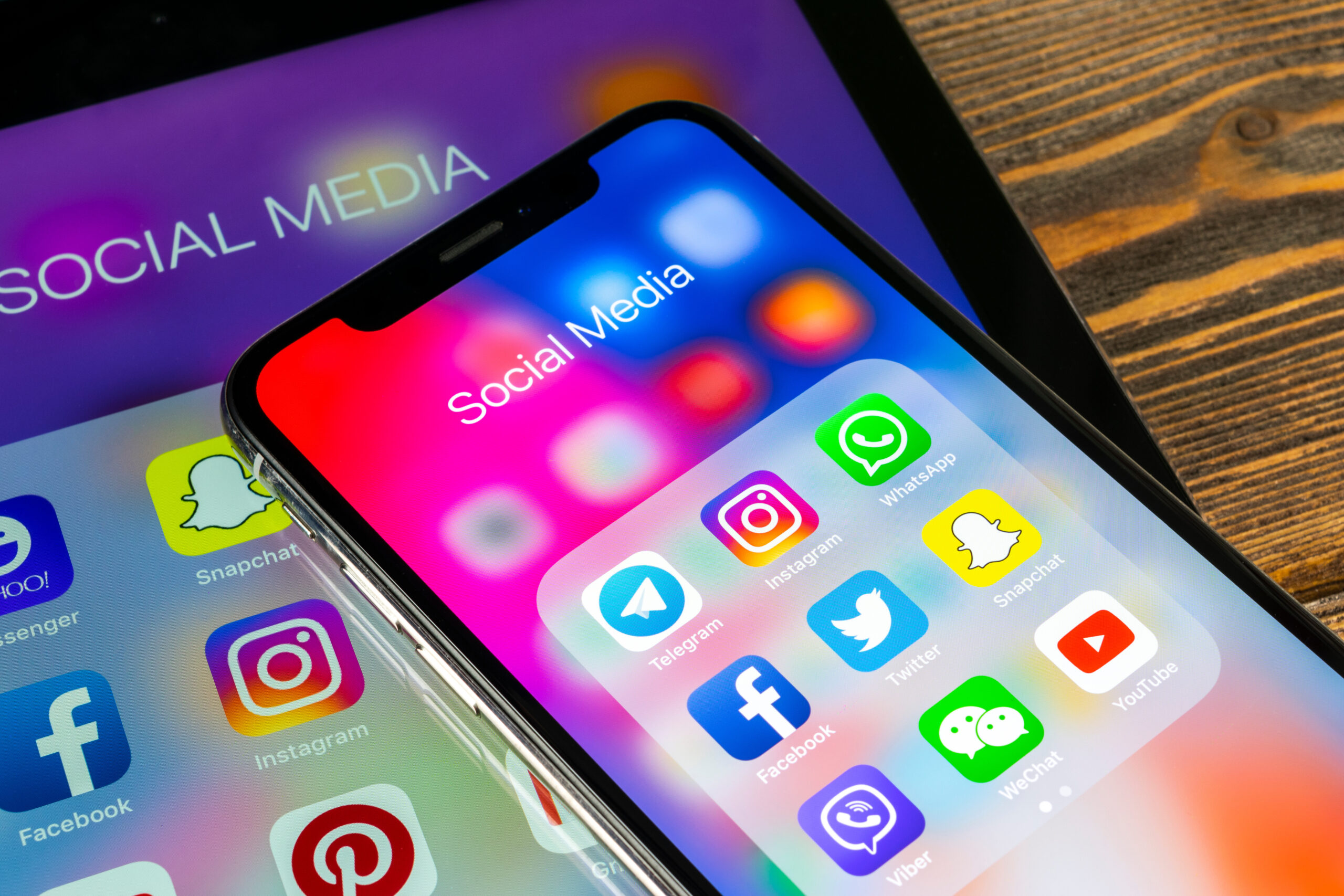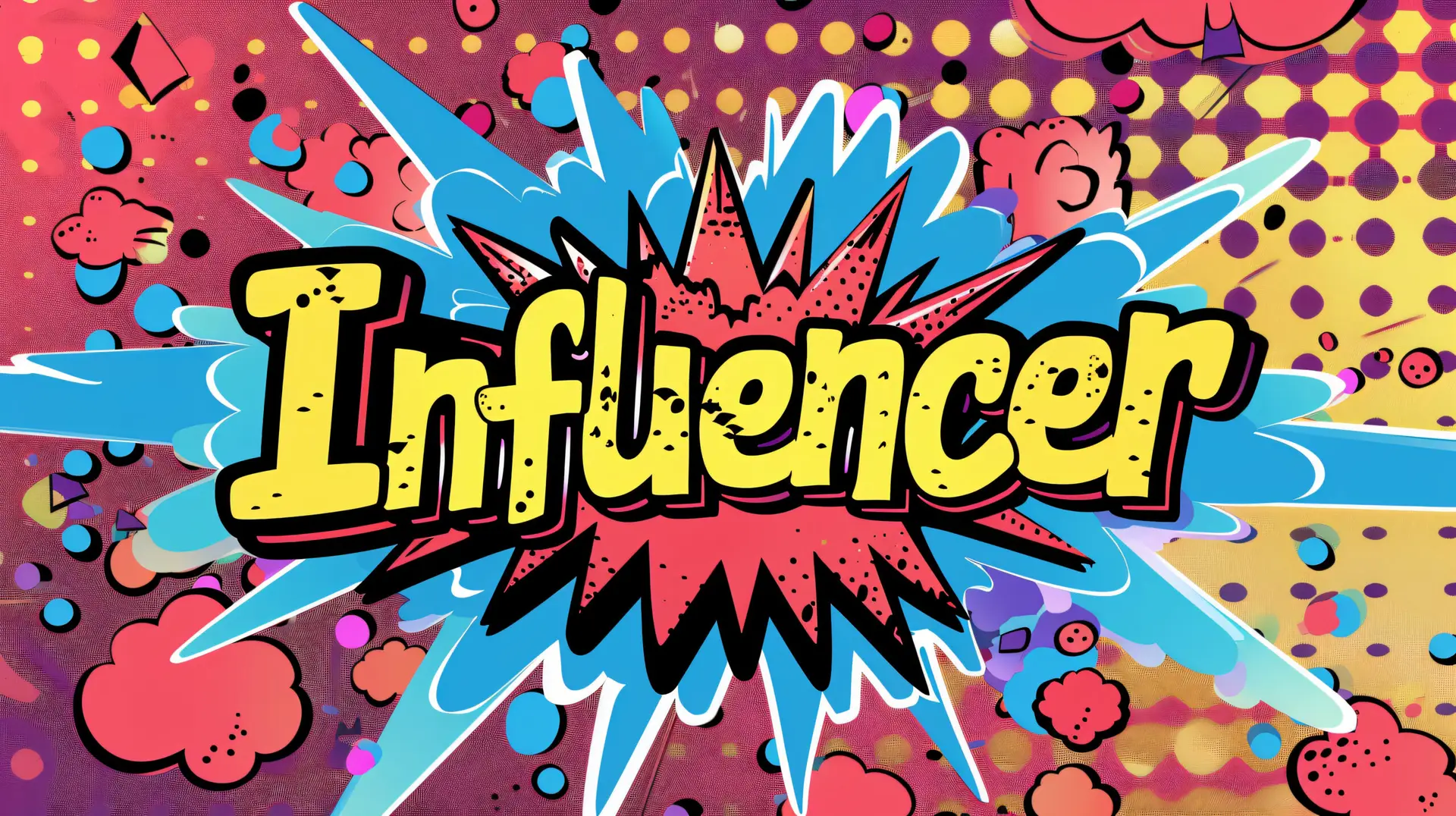
Creating Engaging Social Media Content
Understanding Your Audience
To create engaging social media content, the first step is understanding your audience. Identifying and analyzing your target audience allows you to tailor content that resonates with them. Start by defining your audience demographics, such as age, gender, location, and interests. Use tools like Google Analytics, social media insights, and surveys to gather data on your audience’s behavior and preferences. Understanding their pain points, needs, and desires will help you create content that addresses their specific concerns and interests. Additionally, consider creating audience personas to visualize and empathize with your target audience. This will guide your content creation process and ensure that your messages are relevant and compelling.
Crafting Compelling Visuals

Visual content is a powerful tool in capturing attention on social media. High-quality images, videos, and graphics can significantly enhance the appeal of your posts. Invest in professional photography or use high-resolution stock images that align with your brand’s aesthetic. Videos, whether short clips or longer formats, are particularly effective in engaging users. Platforms like Instagram and TikTok thrive on visual content, making it essential to create visually appealing posts. Additionally, consider using infographics to present complex information in an easily digestible format. Tools like Canva and Adobe Express can help you design eye-catching visuals even if you lack graphic design skills. Remember, the goal is to create visuals that not only attract attention but also convey your message effectively.
Writing Captivating Captions
Captions play a crucial role in complementing your visuals and encouraging interaction. A well-crafted caption can provide context, evoke emotions, and prompt engagement. Start by writing a compelling hook that grabs the reader’s attention. Use storytelling techniques to make your captions more relatable and engaging. Incorporate questions, calls to action, and emojis to encourage interaction and make your posts more personable. Keep your captions concise and to the point, but don’t be afraid to experiment with longer captions if the platform allows. For instance, Instagram allows up to 2,200 characters, giving you ample space to tell a story or provide detailed information. Ultimately, your captions should align with your brand voice and resonate with your audience.
Utilizing Hashtags Effectively
Hashtags are essential for increasing the visibility of your social media posts. They help categorize your content and make it discoverable to a broader audience. Start by researching popular and relevant hashtags in your niche. Tools like Hashtagify and RiteTag can help you identify trending hashtags and their performance. Use a mix of broad and niche-specific hashtags to reach different segments of your audience. However, avoid overloading your posts with too many hashtags, as this can appear spammy. Platforms like Instagram allow up to 30 hashtags per post, but using 5-10 well-chosen hashtags is often more effective. Additionally, consider creating branded hashtags to encourage user-generated content and foster a sense of community around your brand.
Leveraging User-Generated Content
User-generated content (UGC) is a valuable asset for any social media strategy. It not only provides authentic and relatable content but also fosters a sense of community and trust. Encourage your audience to create and share content related to your brand by running contests, challenges, or simply asking for their input. Reposting UGC on your social media channels shows appreciation for your audience’s contributions and can significantly boost engagement. Ensure you give proper credit to the original creators and seek their permission before sharing their content. UGC can also serve as social proof, showcasing real-life experiences and testimonials that can influence potential customers’ purchasing decisions.
Timing and Frequency of Posts
The timing and frequency of your posts can significantly impact your social media engagement. Different platforms have varying peak times when users are most active. For instance, studies suggest that the best times to post on Instagram are between 10 AM and 3 PM on weekdays, while Facebook sees higher engagement on Thursdays and Fridays. Use social media analytics tools to determine when your audience is most active and schedule your posts accordingly. Additionally, maintain a consistent posting schedule to keep your audience engaged and informed. However, avoid overwhelming your followers with too many posts, as this can lead to decreased engagement and potential unfollows. Striking the right balance between quality and quantity is key to maintaining a strong social media presence.
Engaging with Your Audience
Engagement is a two-way street. Actively responding to comments, messages, and mentions is crucial for building a loyal community. Acknowledge and appreciate your audience’s feedback, whether positive or negative. Promptly addressing concerns and questions shows that you value your audience’s input and are committed to providing excellent customer service. Additionally, engage with your audience by liking, sharing, and commenting on their posts. This not only strengthens your relationship with your followers but also increases your visibility on social media. Hosting live sessions, Q&A sessions, and interactive polls can further enhance engagement and provide valuable insights into your audience’s preferences and opinions.
Analyzing Performance Metrics
Tracking and analyzing performance metrics is essential for measuring the success of your social media content. Key metrics to monitor include engagement rate, reach, impressions, click-through rate, and conversion rate. Use social media analytics tools like Facebook Insights, Instagram Analytics, and Twitter Analytics to gather data on your posts’ performance. Analyzing these metrics will help you identify what types of content resonate most with your audience and which strategies need improvement. Additionally, set specific, measurable goals for your social media campaigns and regularly review your progress. This data-driven approach will enable you to make informed decisions and optimize your content strategy for better results.
Staying Updated with Trends
Social media is constantly evolving, with new trends and features emerging regularly. Staying updated with these trends is crucial for keeping your content fresh and relevant. Follow industry blogs, social media influencers, and news outlets to stay informed about the latest developments. Experiment with new features and formats, such as Instagram Reels, TikTok challenges, and Twitter Fleets, to keep your audience engaged. Additionally, participate in trending conversations and hashtags to increase your visibility and reach. However, ensure that any trends you incorporate align with your brand values and resonate with your audience. Staying current with trends will help you maintain a competitive edge and keep your social media strategy dynamic and engaging.
Collaborating with Influencers
Influencer partnerships can significantly amplify your social media reach and credibility. Collaborating with influencers who align with your brand values and have a strong following in your niche can help you reach a broader audience and build trust. Start by identifying potential influencers through social media platforms, influencer marketing tools, and industry events. Evaluate their engagement rates, audience demographics, and content quality to ensure they are a good fit for your brand. Reach out to influencers with a personalized pitch, highlighting the mutual benefits of the collaboration. Influencer partnerships can take various forms, such as sponsored posts, product reviews, giveaways, and takeovers. By leveraging influencers’ reach and credibility, you can enhance your brand’s visibility and drive engagement.






